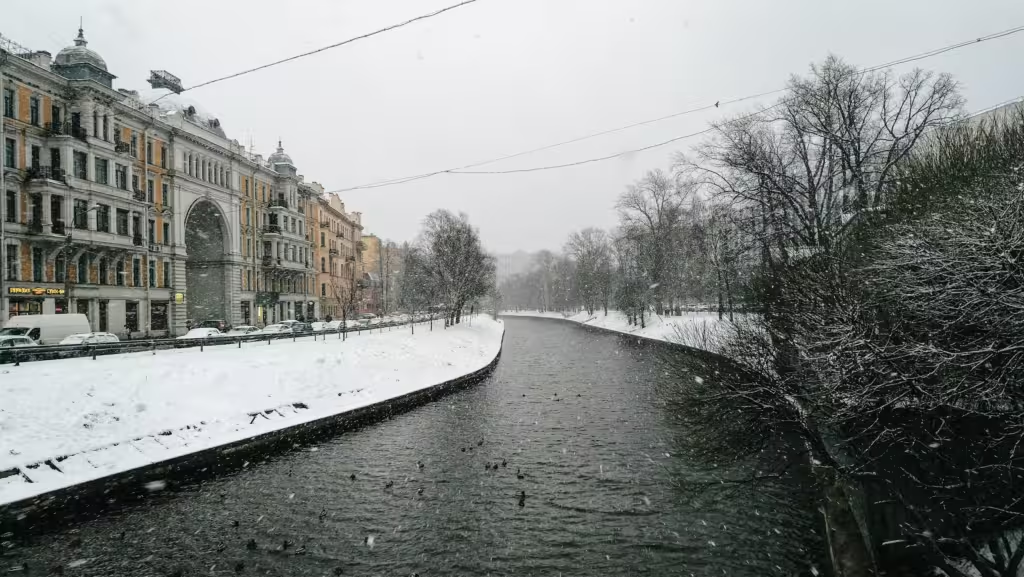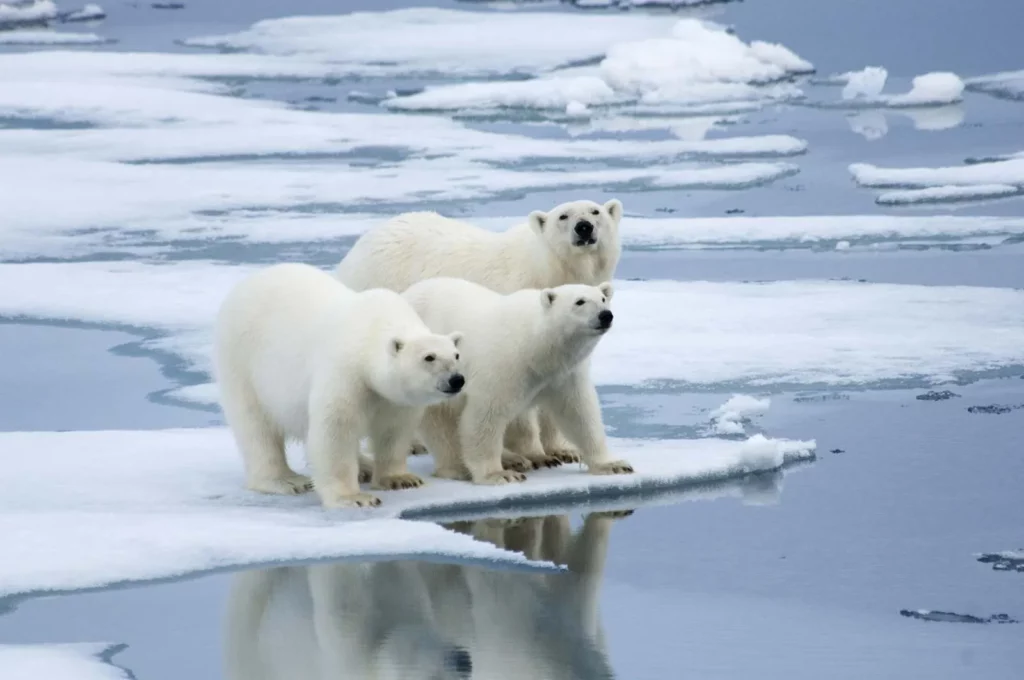We've been told a million times that global warming means extra turbocharged "amplified" warming in the Arctic, with dying polar bears melting permafrost and ... cooling continents. Huh? Isn't that a contradiction in terms? Well, yes, but it arises because the data are running in contradictory patterns. A new study reports temperature proxy indicators from the western Arctic that show that during the Little Ice Age (1400-1850) when it was cold everywhere else, sea ice cover in the western basins between Alaska and Siberia was far below current levels and air temperatures were higher. And the authors cite data from other locations showing the warmth was probably Arctic-wide. Confused? You should be. As we keep saying, climate is complicated.
Remarkably, this new study isn't some contrarian piece in a non-peer reviewed blog. It's from well-known paleoclimate experts at Ohio State, Stacy Porter, Ellen Mosley‐Thompson and Lonnie Thompson, and it's published in the highly-respected Journal of Geophysical Research. The authors report on a new ice core drilled in Southeast Alaska between Mounts Bona and Churchill. They infer temperatures from the oxygen isotope ratios in the ice layers and compare it to an earlier ice core record from nearby Mount Logan. Noting that most experts assume the Arctic gradually cooled from 1200 to 1800 then started abruptly warming thereafter, Porter, Mosley-Thompson and Thompson point out that the new records "share almost no similarities with this Arctic‐wide pattern." Most notably, neither ice core record shows 20th century warming. Instead, they line up well with a study from the nearby Chukchi Sea which suggests sea ice cover was much lower in the 1800s than today. 
In this diagram the researchers lay four data sets out side by side. The top-most is a hockey stick temperature reconstruction for the Arctic from an earlier study, which represents the conventional wisdom. The green and blue lines are the newer proxy records from Mount Logan and the Bona-Churchill area. And the bottom blue line is the Chukchi sea ice cover proxy from an earlier study.
Note the axes are flipped for the last three so that the higher the graph the less ice there is. So the Chukchi Sea record shows sea ice coverage reached a minimum in the 1500s, then expanded through the 17th and 18th centuries, reaching its current levels shortly after 1800 and remaining remarkably stable ever since. All the talk about unprecedented declines in Arctic sea ice coverage are referring to the tiny variations over the last 50 years, which you can see… if you look closely and squint.
What about the newer data? The authors are admirably honest about the fact that the ice core proxies don't match very closely despite coming from sites that are near one another, and that they look more like the Chukchi Sea record than the conventional hockey stick view. They interpret the variations in oxygen isotopes to imply the western Arctic warmed up during the Little Ice Age and hasn't warmed in the 20th century. And with a bit of digging they find lots of other studies suggesting warm conditions throughout the Arctic during the Little Ice Age.
So maybe the situation is that the data are messy and noisy and we're not in a position to claim that we know what the Arctic climate was like in past centuries, and we're just guessing at what's driving today's Arctic climate variations. Or maybe the entire hockey stick is wrong. The authors try valiantly to avoid either conclusion, instead contriving an explanation using wind patterns and ocean currents and high and low pressure ridges and blah blah blah to explain why it makes perfect sense that there can be widespread Arctic warming while there is widespread northern hemisphere cooling. And maybe they're right. The problem is we've been told the opposite for so long: Warming in the Arctic is the "canary in the coalmine" for warming everywhere else, the Arctic is on the "front lines of climate change" and shows us what we're all in for etc.
You can’t just throw away that prediction when the data show the opposite. Or worse, claim it was vindicated when it wasn’t. Unless your climate catastrophe theory is endlessly bendable to fit any data and thus always predicts perfectly, but only after the fact. Which is not how the dictionary defines prediction.


